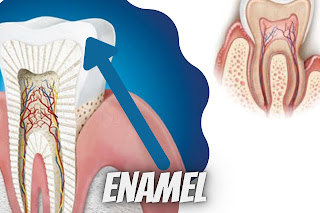
Can we fill the cavity of a five-year-old Kid? Tooth decay is rather common in kids as we know kids are nowadays have become soo notorious, every kid is fond of chocolates, ice cream, jams, cookies, cupcakes, sugared cereals and donates, etc. these are the main source to cause caries. Generally, people know caries as cavities but they are not cavity i.e. caries. To prevent our kid's teeth from caries every parent should follow excellent oral hygiene and diet as follows- 1. Brushing twice a day. 2. Flossing after every meal. 3. Use fluoride-containing toothpaste. 4. Give them a pea-sized toothpaste. 5. Properly routine dental check-up. Tooth decay cavity filling Baby teeth fillings are made out of white composite or metal. Generally, people choose metal composite because they are less expensive and are easy, quick to fill but children don't like metal composite as they are aesthetically not good. So mostly children select white composite for filling. The dentist drills the dam...


